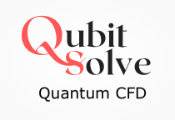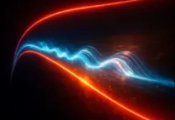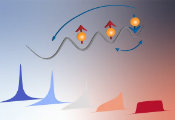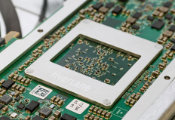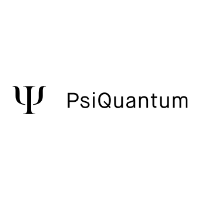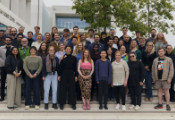Nuclear Spins Tamed for Quantum Applications
April 11, 2025 -- Nuclear spins in a crystal can be detected and manipulated through their interactions with the more accessible electron spin of a neighboring crystal defect. This strategy has enabled nanoscale magnetic resonance imaging and other quantum applications. But a long-standing challenge has been to target a specific nuclear spin, while protecting the delicate quantum nature of the electron spin. Important progress on this challenge has now been achieved by two teams at the Delft University of Technology in the Netherlands.
Tim Taminiau and his colleagues developed a generalized and improved way to execute so-called dynamically decoupled radio-frequency protocols. In these protocols, the electron spin is subjected to microwave pulses that periodically flip its state. This process decouples the spin from its environment, preserving its fragile quantum properties. The spin is then exposed to radio-frequency pulses that reintroduce its interactions with only one selected nuclear spin. The researchers’ new approach boosts the performance of these protocols in sensing and controlling individual nuclear spins in various systems. It also offers valuable insights into the efficiency and selectivity of such operations.
Ronald Hanson and his colleagues used some of these insights to manipulate nuclear spins in a specific system. Harnessing the electron spin of a crystal defect known as a tin-vacancy center in a diamond, the team controlled the nuclear spins of the surrounding carbon-13 atoms in the diamond’s crystal lattice. This demonstration is especially important because, unlike other crystal defects that have two or more unpaired electrons, tin-vacancy centers have only one. Such single-electron systems are among the most promising platforms for quantum technologies, but until now, it has been difficult to use the electron spin of one of these centers to target a specific nuclear spin.

